Published by Reynolds Mark
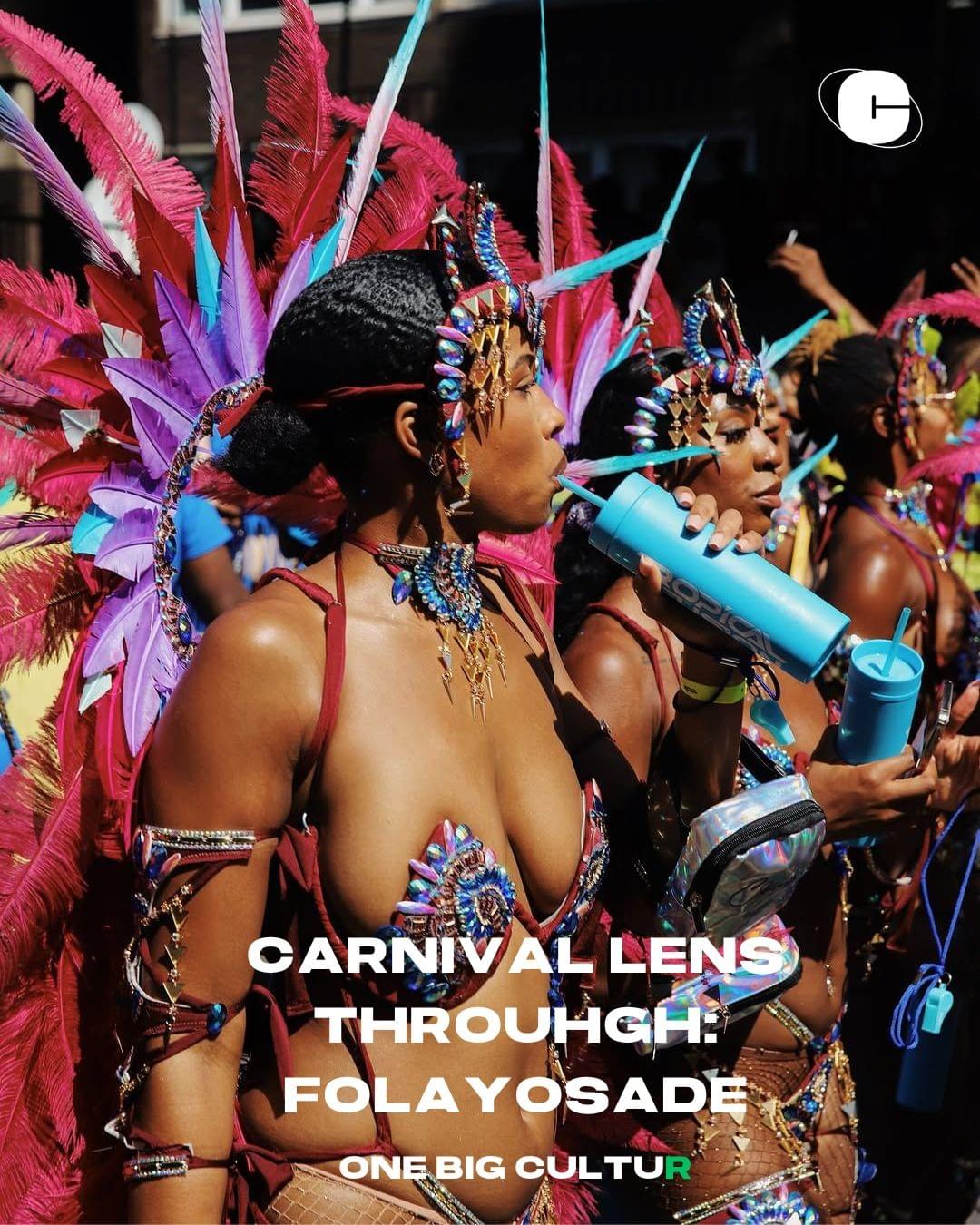
Notting Hill Carnival 2025: The Beating Heart of London’s Culture
Every August Bank Holiday, the streets of West London transform into one of the world’s largest and most vibrant cultural celebrations.
The
Notting Hill Carnival 2025 promises nothing less than a full immersion in sound, color, taste, and community spirit.
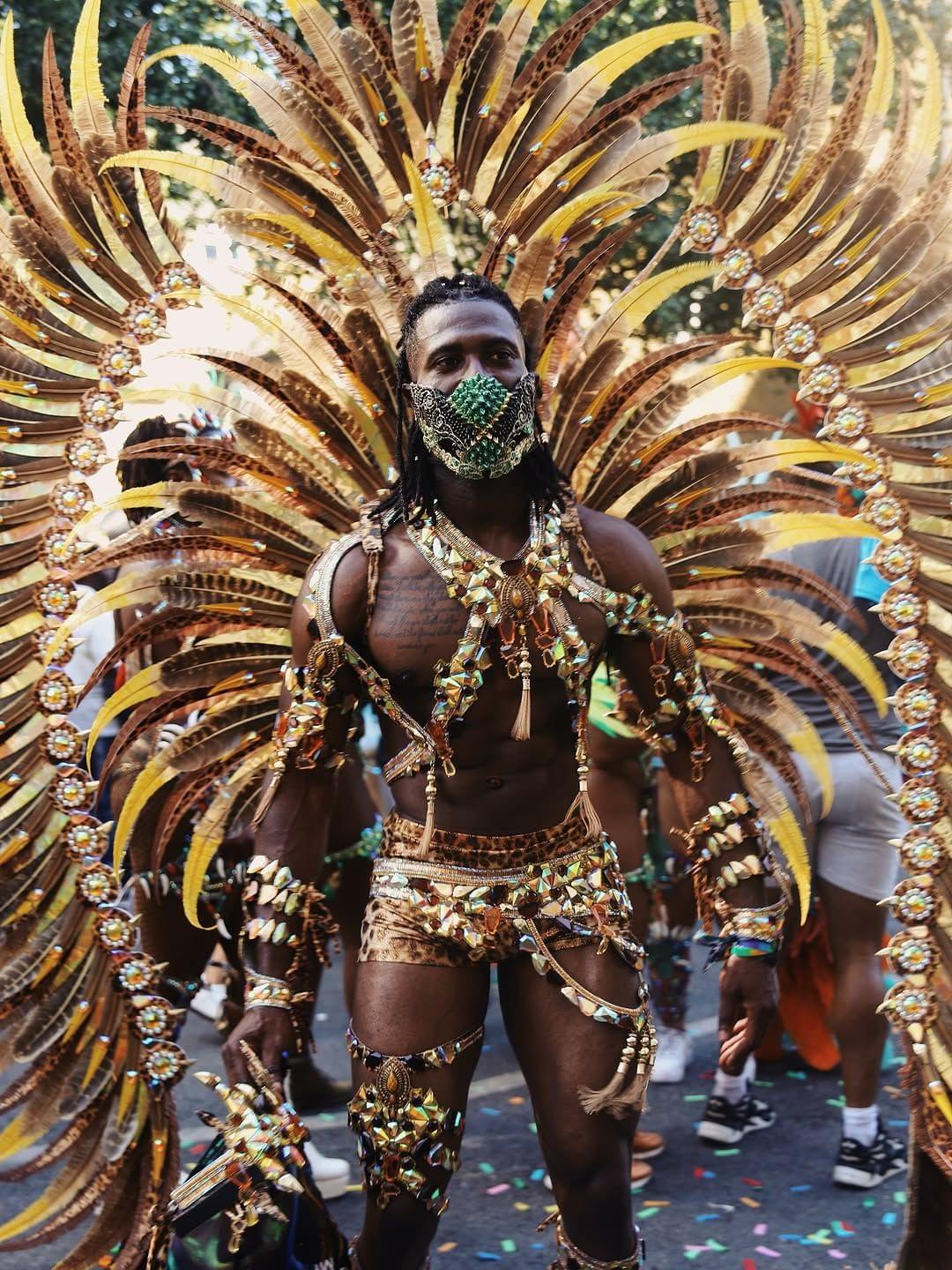
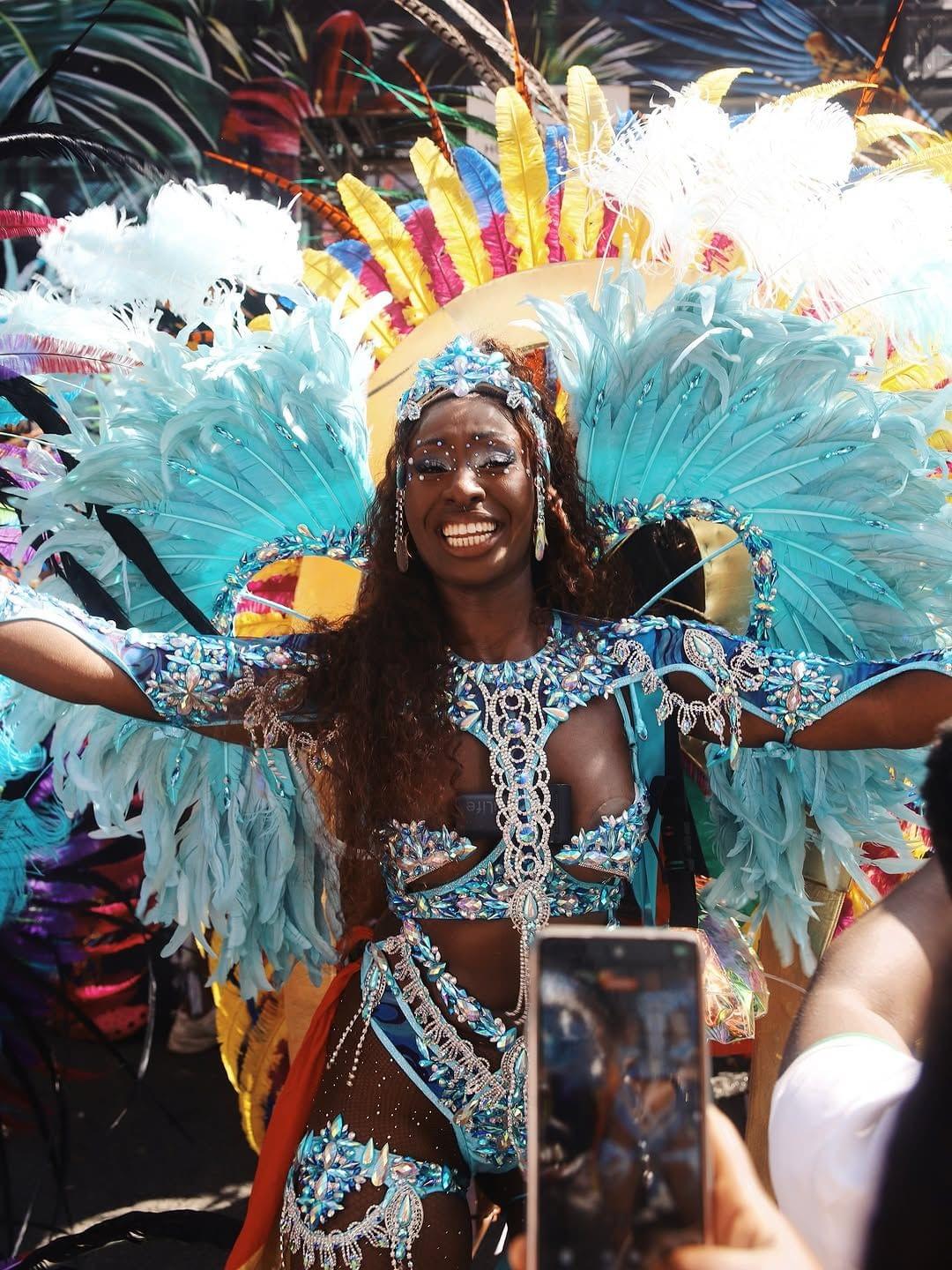
The Sound of Carnival At its heart, Carnival is powered by music. The sound systems that line the streets are legendary, each one carefully curated to blast everything from reggae and soca to Afrobeats, dancehall, jungle, amapiano, and house.
This year, even more diversity across the stages:
The Hennessy Stage — A culture centre of performances, blending Caribbean roots with international flavors. Expect big names, surprise guest appearances, and a seamless fusion of heritage and modern sound.
Static and Mobile Stages — Dozens of sound systems will set up on corners and side streets, each with its own vibe. From old-school dub to the newest Afrobeats rhythms, Carnival is a sonic journey through Black music’s past, present, and future.
Parade Trucks — Moving stages carrying costumed dancers and live DJs will snake their way through the parade route, filling the air with steelpan, soca, and dancehall basslines that make the ground shake.
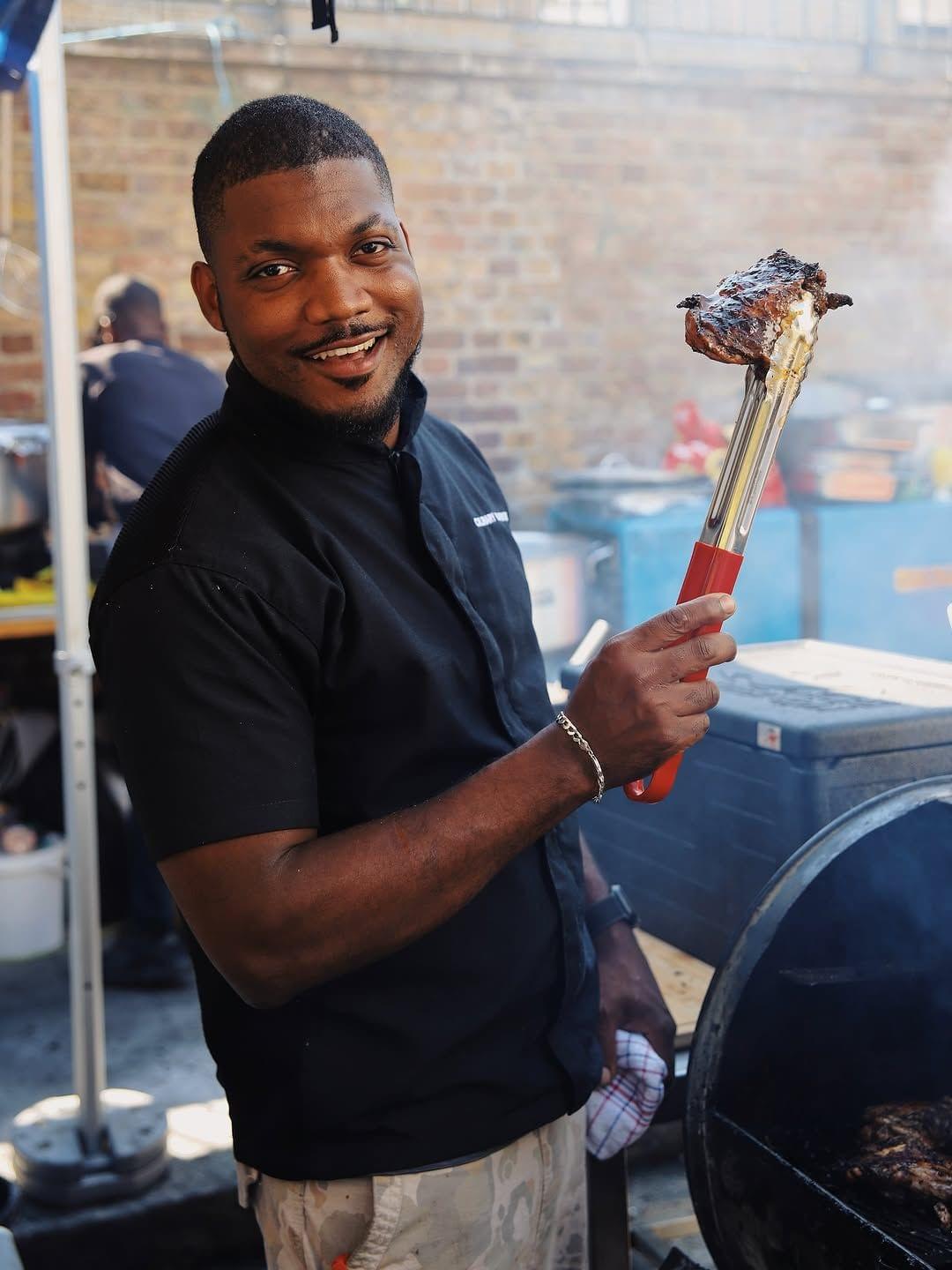
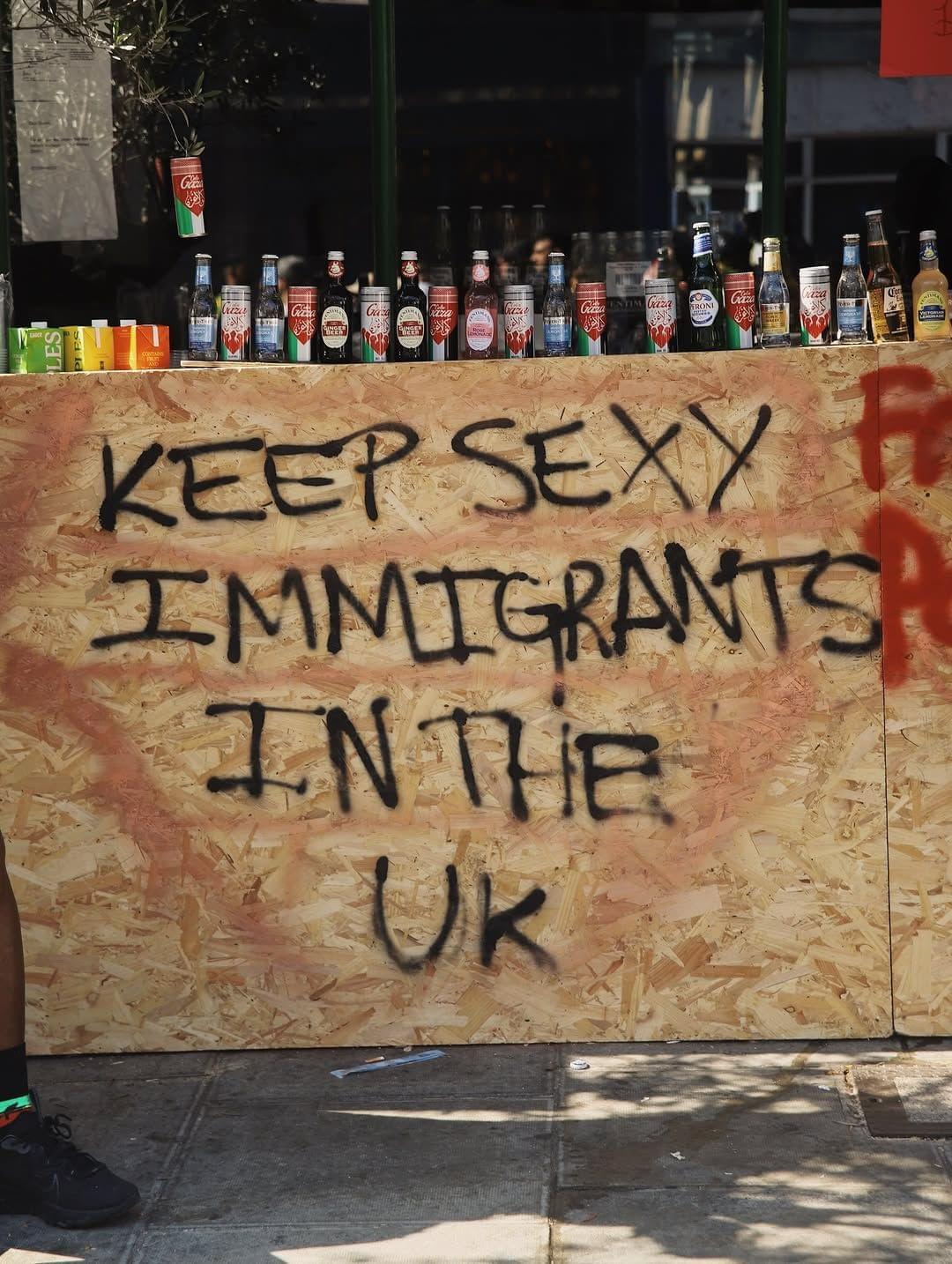
talk about Notting Hill Carnival without mentioning the food would be a sin. The streets become a global food court, alive with the scent of jerk chicken sizzling on charcoal, the sweetness of fried plantain, peppered prawns, doubles, patties, and roti. For the more adventurous, there are Caribbean cusines, African grills, vegan twists, and ice-cold rum punch served from makeshift stalls.
Every corner offers something, from random vendors tucked between stages to full food courts buzzing with queues. The taste is as much a part of Carnival’s identity as the music: bold, spicy, unmissable.
Carnival has always been more than just a festival of joy. Born in the 1960s from Caribbean immigrants’ fight against racial injustice, it has grown into a symbol of London’s diversity.
Carnival has always been more than just a festival of joy. Born in the 1960s from Caribbean immigrants’ fight against racial injustice, it has grown into a symbol of London’s diversity.
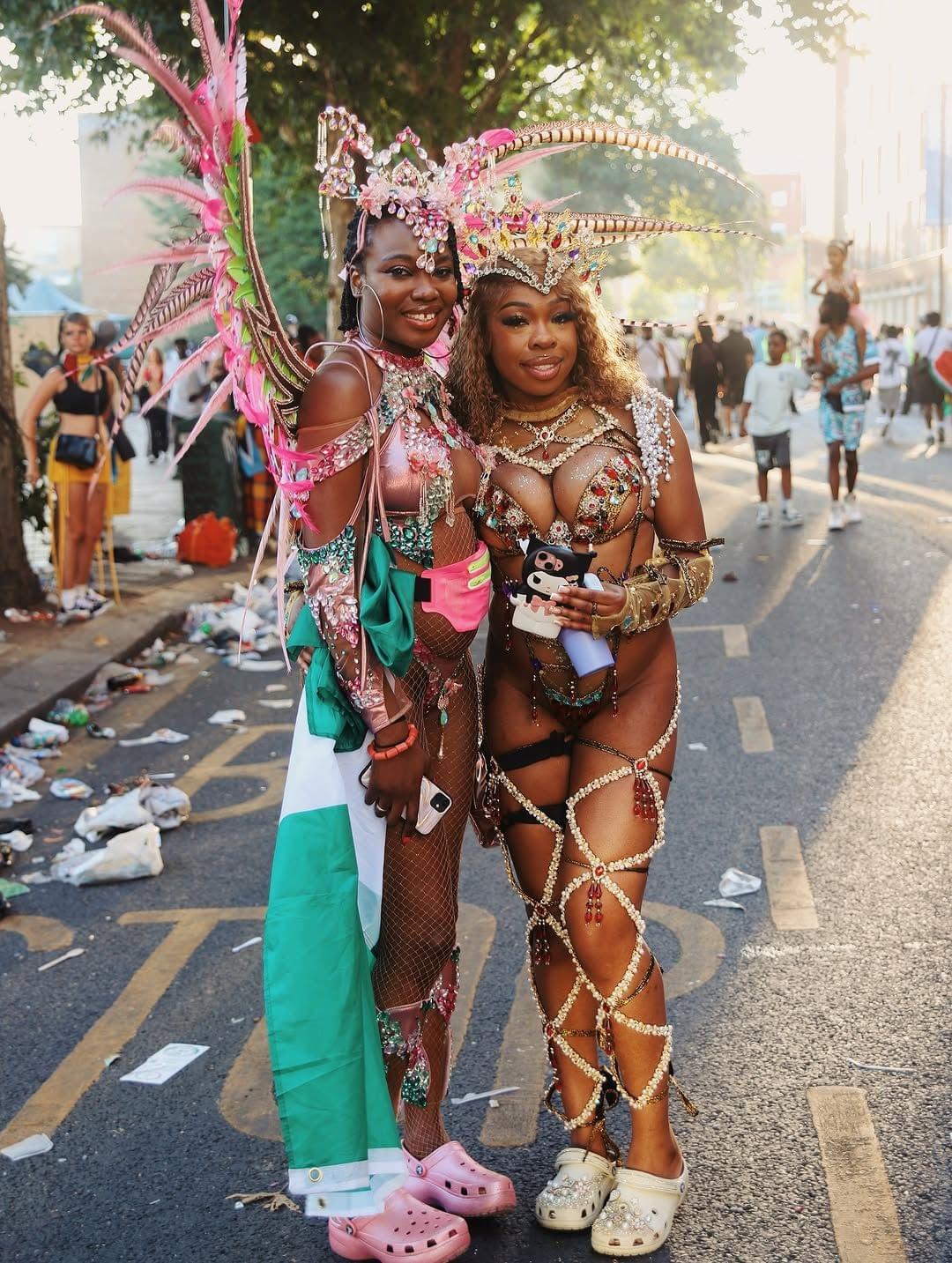
In 2025, that spirit of “walking for the culture” is more alive than ever. Generations of families march together, costumed bands parade proudly, and strangers dance side by side. Locals open their homes, streets become living rooms, and the town truly comes together to celebrate unity.
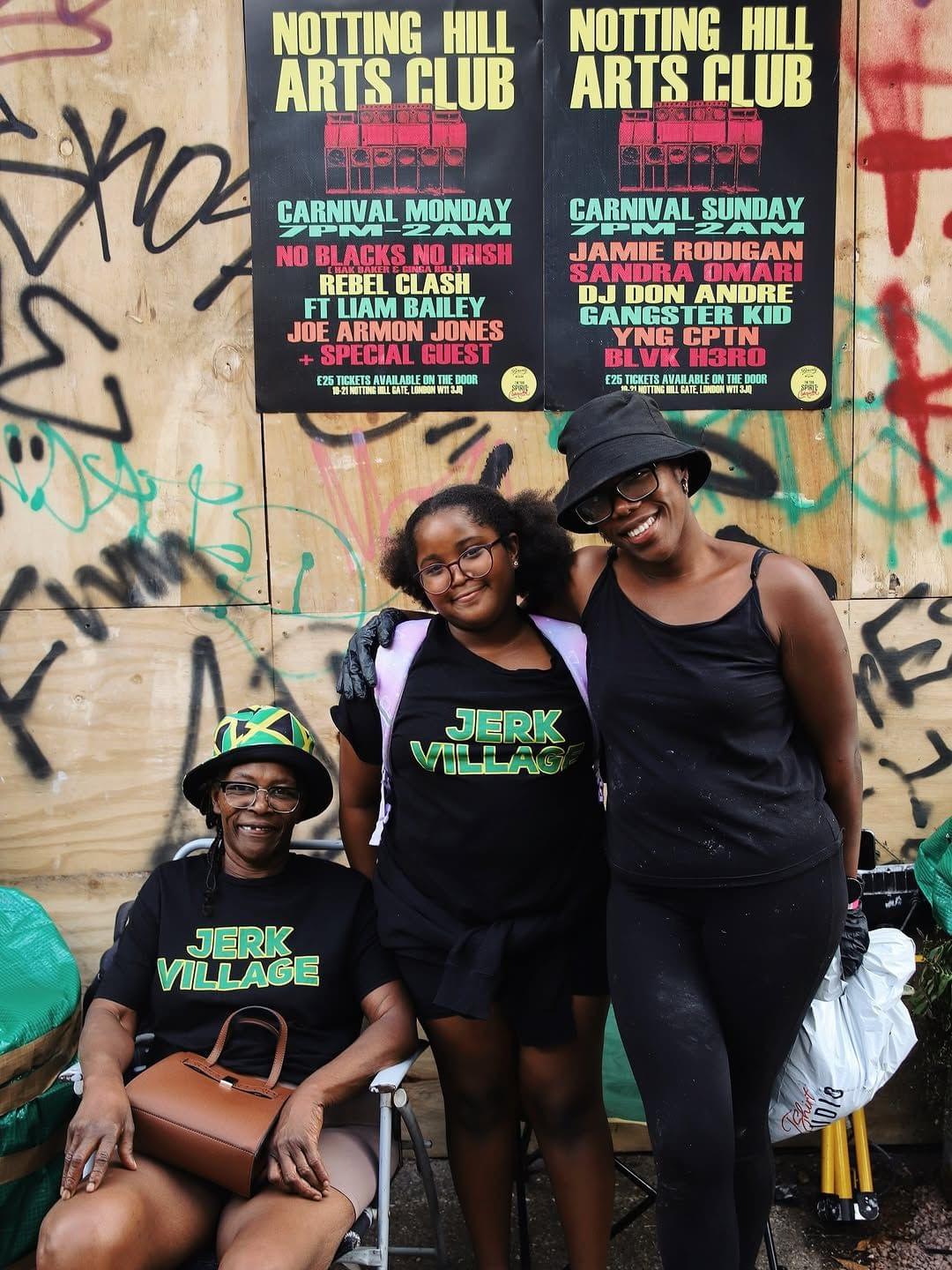
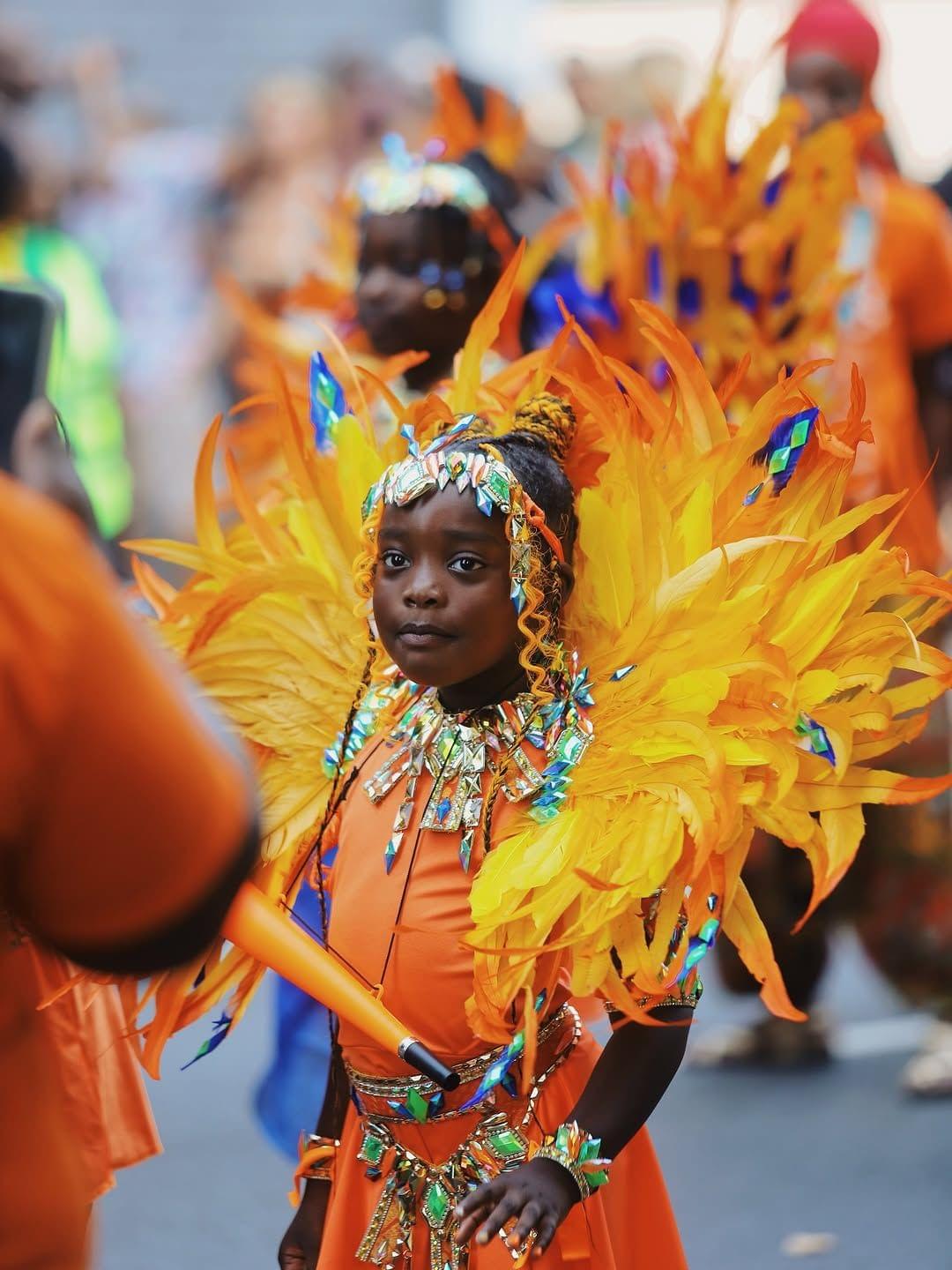
A slightly calmer introduction the children’s parade fills the streets with colorful costumes, steelpan orchestras, and younger performers showing the future of the culture.
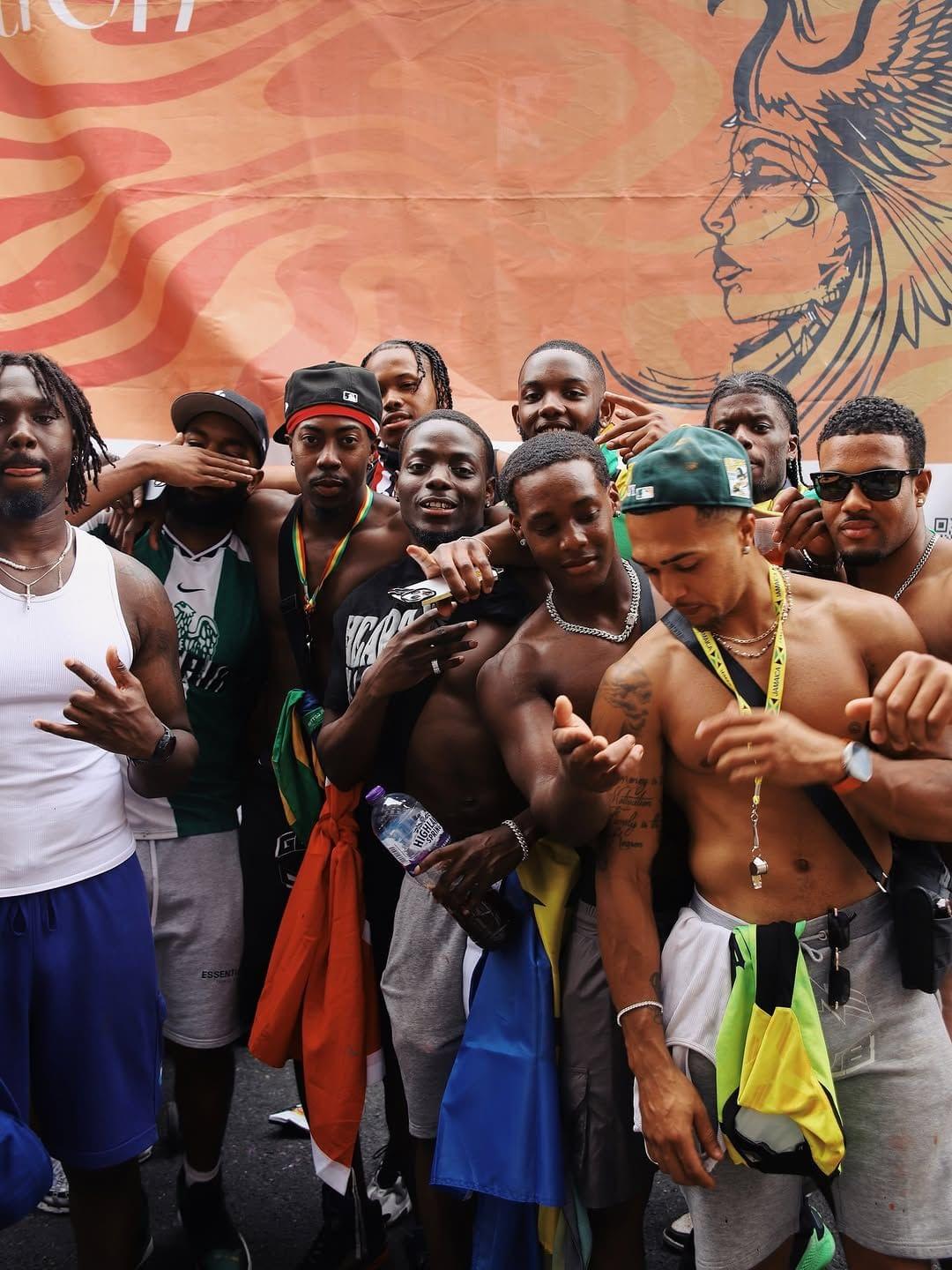
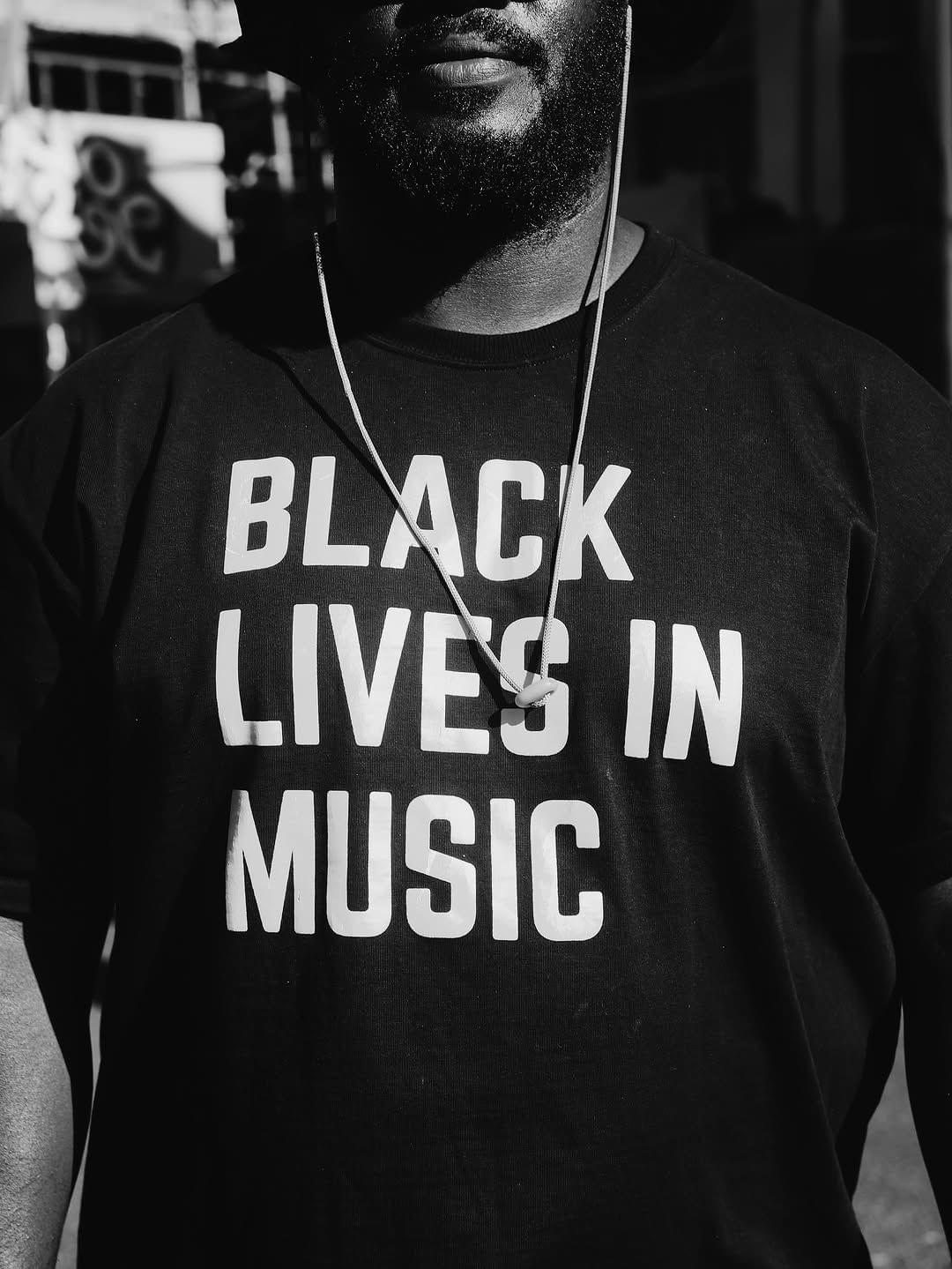
After dark, the afterparties carry the spirit into London’s clubs and warehouses but the daytime Carnival remains the crown jewel.
Why It Matters?
To attend Notting Hill Carnival is to step into a living museum of music, culture, and resistance. It’s reggae echoing down Portobello Road, it’s jerk smoke curling above the rooftops, it’s the pounding heartbeat of steel drums cutting through London’s summer air.
For visitors flying in from New York, Lagos, Kingston, Rio, or Tokyo, Carnival is shows that culture travels it evolves but it never dies.
By Reynolds Mark
Editor-in-chief
Photographer
